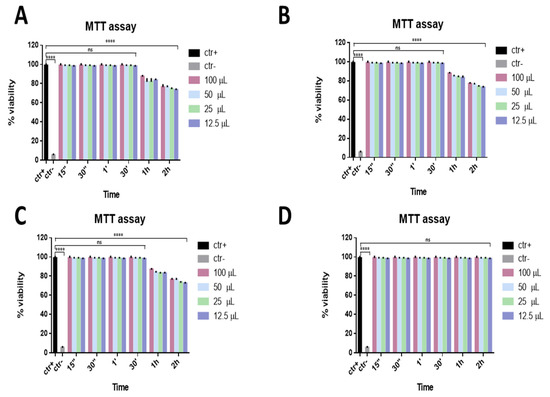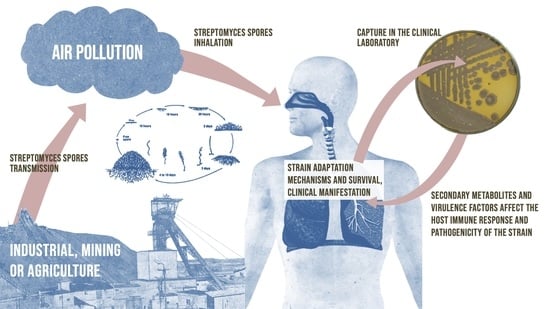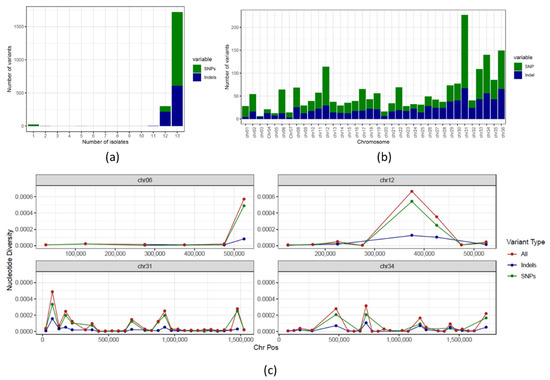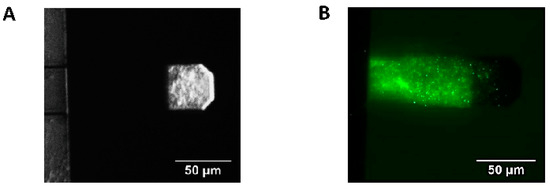Microorganisms 2021, 9(8), 1552; https://doi.org/10.3390/microorganisms9081552 - 21 Jul 2021
Cited by 38 | Viewed by 7717
Abstract
Following the concept of the holobiont, insect-microbiota interactions play an important role in insect biology. Many examples of host-associated microorganisms have been reported to drastically influence insect biological processes such as development, physiology, nutrition, survival, immunity, or even vector competence. While a huge
[...] Read more.
Following the concept of the holobiont, insect-microbiota interactions play an important role in insect biology. Many examples of host-associated microorganisms have been reported to drastically influence insect biological processes such as development, physiology, nutrition, survival, immunity, or even vector competence. While a huge number of studies on insect-associated microbiota have focused on bacteria, other microbial partners including fungi have been comparatively neglected. Yeasts, which establish mostly commensal or symbiotic relationships with their host, can dominate the mycobiota of certain insects. This review presents key advances and progress in the research field highlighting the diversity of yeast communities associated with insects, as well as their impact on insect life-history traits, immunity, and behavior.
Full article
(This article belongs to the Special Issue Microbiota in Insects)
►
Show Figures







